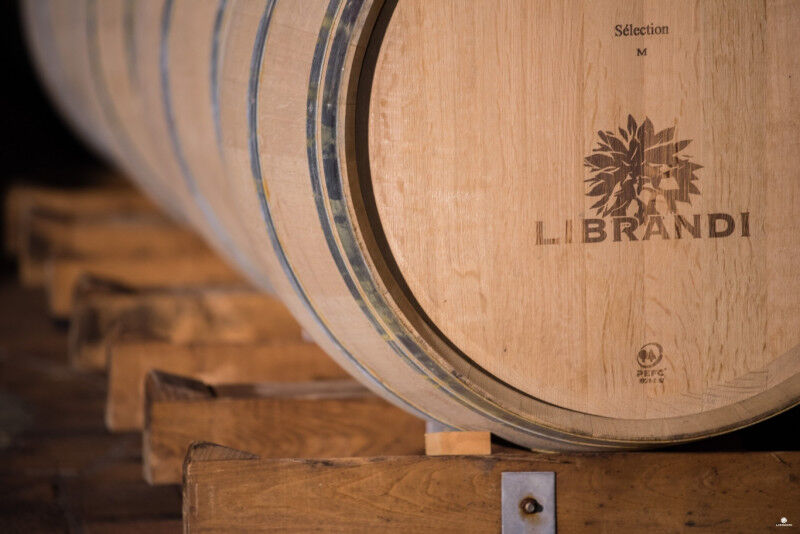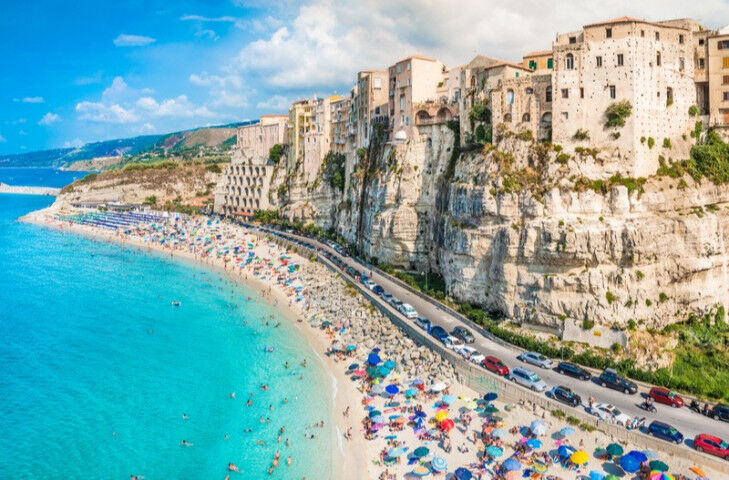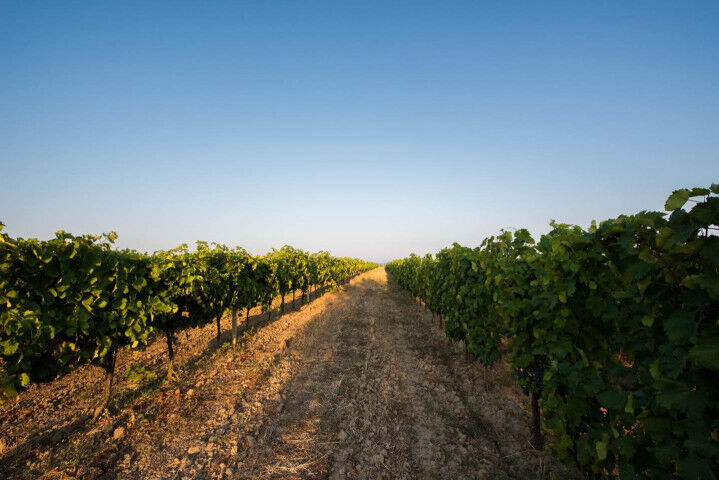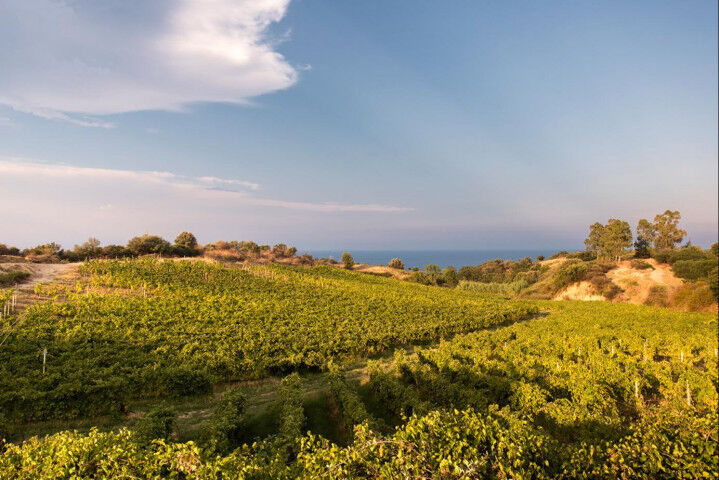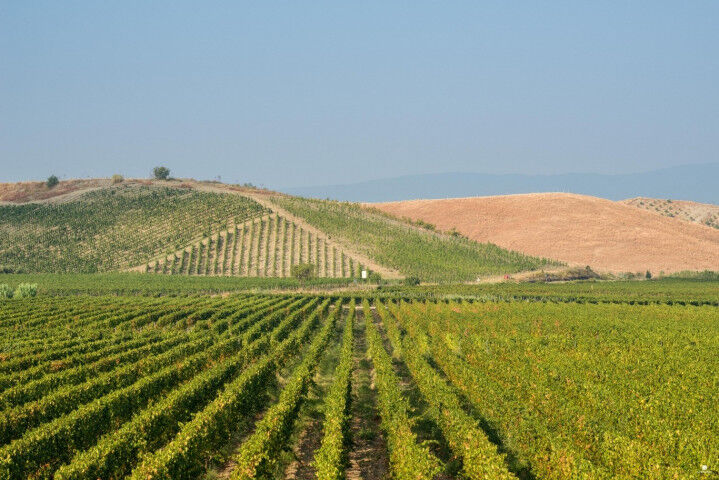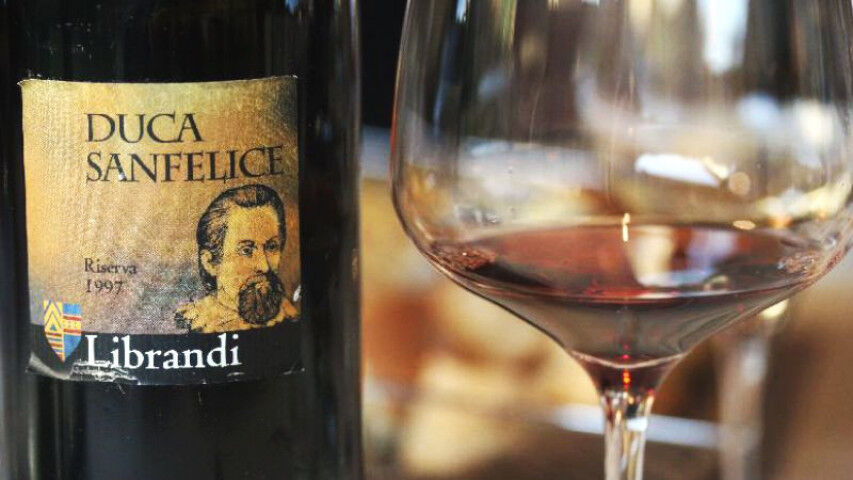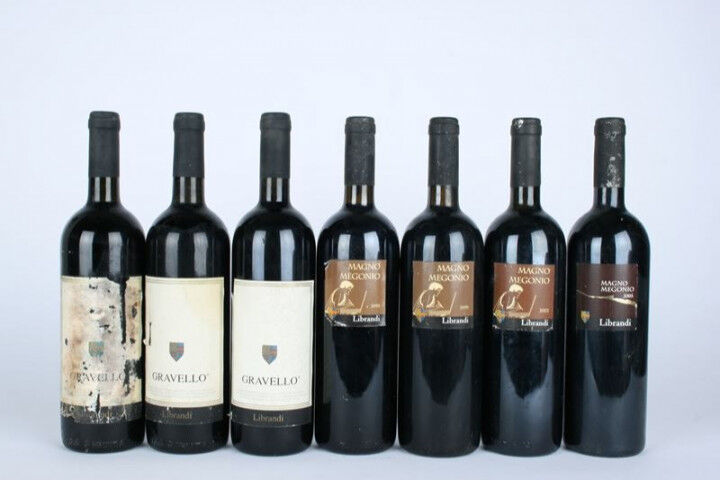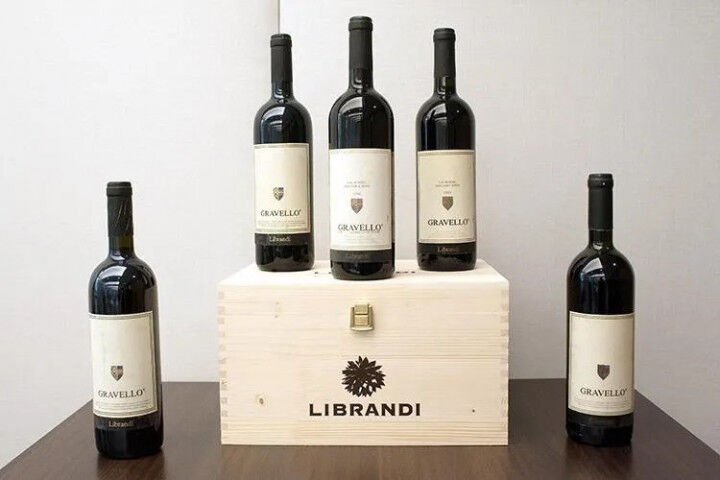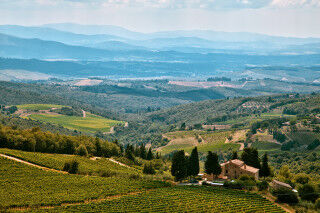Discover the excellence of Calabria's wines with Librandi Winery
What are the characteristics of Calabria?
In contemplating the Calabrian territory, one notices almost instantly the complete lack of flat areas. Calabria is a predominantly mountainous region with its own geological and morphological individuality, where mountains are characterized by softened, flattened ridges, and harsh valleys, where at the bottom we see valley beds covered with debris of ruined torrents (smoking).
Calabria is a fascinating strip of land between the Ionian and Tyrrhenian Sea, an exuberant kaleidoscope of traditions, landscapes, and emotions in which local art and culture write some of the richest pages of the history of the Mediterranean basin. Indeed, this is a coastline where everything is possible, where the cold winds of the Sila mingle with the warm Sirocco breezes, and where natural and social differences remain miniscule and intentionally overlooked.
What is Calabria famous for?
Agricultural development remains difficult thanks to the mountainous nature of the terrain, despite the remarkable works of land reclamation and mountain arrangement. These efforts have paid off more in coastal and half-plain areas, allowing greater development of specialized crops like citrus fruits, olive trees, cereals and grains, vegetables, chestnuts, figs, and of course, vineyards.
What is the origin of the name Calabria?
This specific area is also home to the most significant Italian germplasm tank collection. Local vines are ancient, mentioned all the way back to Greek explorers, who upon landing in the region in the 7th century BC, called the area Enotria (Oinotròi), expounding upon its unique fertile and productive characteristics.
What are the wineries in calabria?
- Statti
- Azienda Agricola Fratelli Davoli
- Senatore Vini
- Cantina Librandi
What is the most important grape variety in calabria?
The most propagated vine is the Gaglioppo, although the vine is also called with several other local variations upon the name. With a look to the past and eyes on the future, the Librandi family maintains solid roots to the traditional aspects of this vine.
Discover the Librandi Winery
The late Antonio and his brother Nicodemus have undoubtedly created a heart of this regional wine galaxy, around which all other cooperatives, consortium and small craftsmen rotate. Their cellars were constructed based on the following principles: disciplined management of the vineyards, commendable sense of belonging to the territory, and a vibrant credibility of several labels. Today, their children Raffaele, Paolo, Francesco, and Teresa continue the family’s activity with extreme humility and sense of duty, aware of having undertaken appreciable life experiences and wine-making responsibilities that travel beyond regional boundaries. Librandi's successes are well-deserved, but certainly haven’t been won easily.
Where does Librandi's success come from?
Their triumphs are clearly the result of exhausting work, and remarkable investments in research and productive innovation. The fundamental stages of analysis and experimentation began with prof. Attilio Scienza, and continue today with the precious assistance of Dr. Maria Stella Grando (IASMA), Dr. Donato Lanati (Enosis Meraviglia di Fubine), Dr. Anna Schneider, and Dr. Franco Mannini (Institute of Virology CNR Turin). Their research and development includes:
Magno Megonio Val di Neto Red IGT (2004-2015)
vintage 2015: vinous, but with lots of beautiful fruit. The palate combines tension and flavor: a young bottle with great prospects. Vintage 2011: scents of floral matrix, light-weight in mouth, enjoyable in flavor but closes too fast with the tannic part. Vintage 2009: centered on a sweet, ripe fruit, combines warmth and flavor in one sip, enveloping and well modulated. Final tonic, contrasted, salty, with extremely decisive personality! Vintage 2004: a aromatic profile that's a bit dark, flavorful palate and pronounced tannin. Juicy with ease and good balance on the final.
